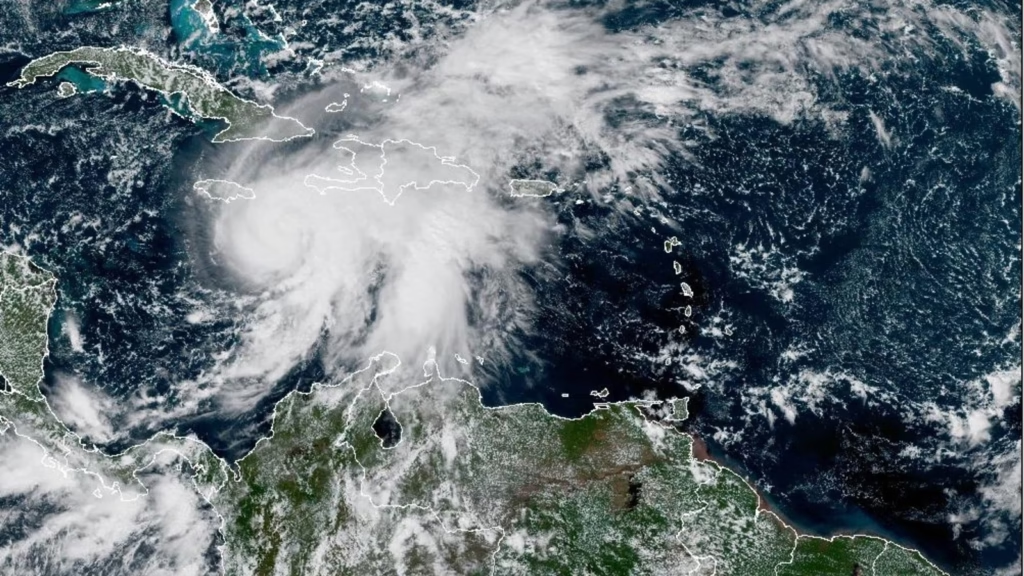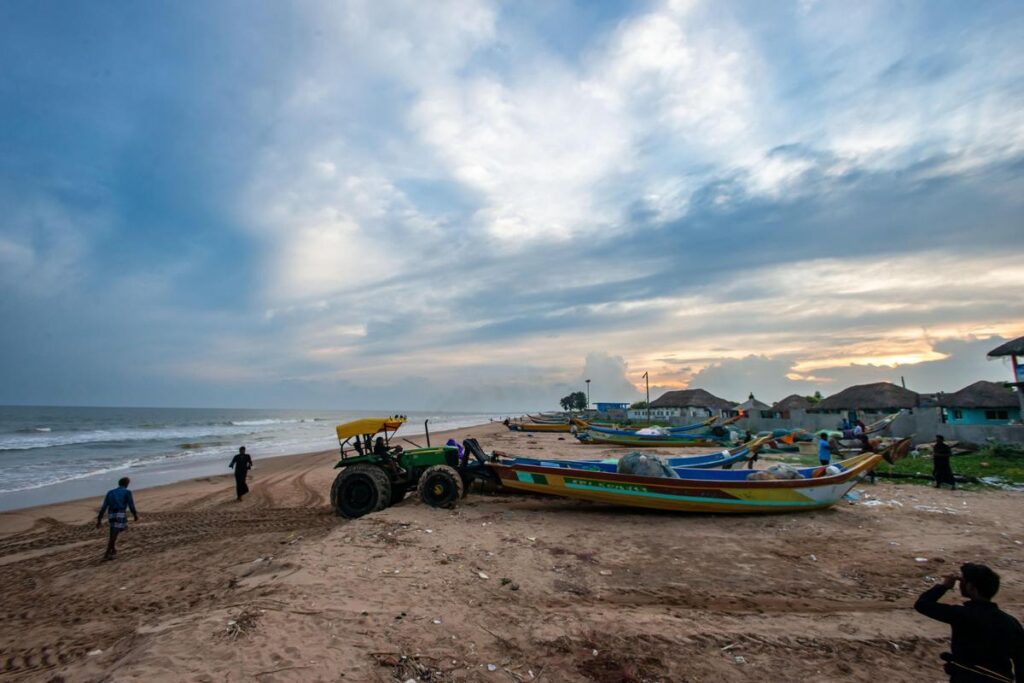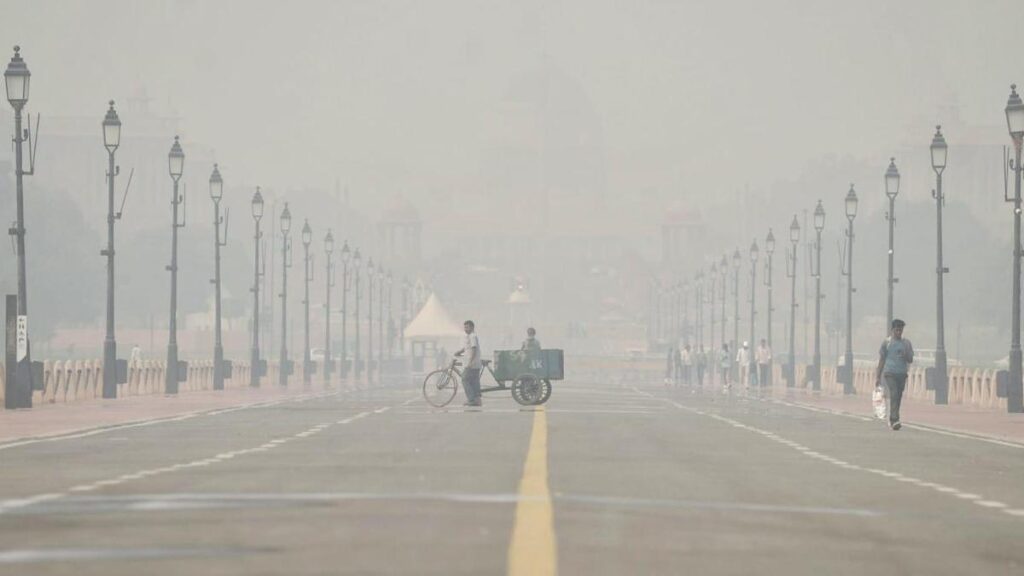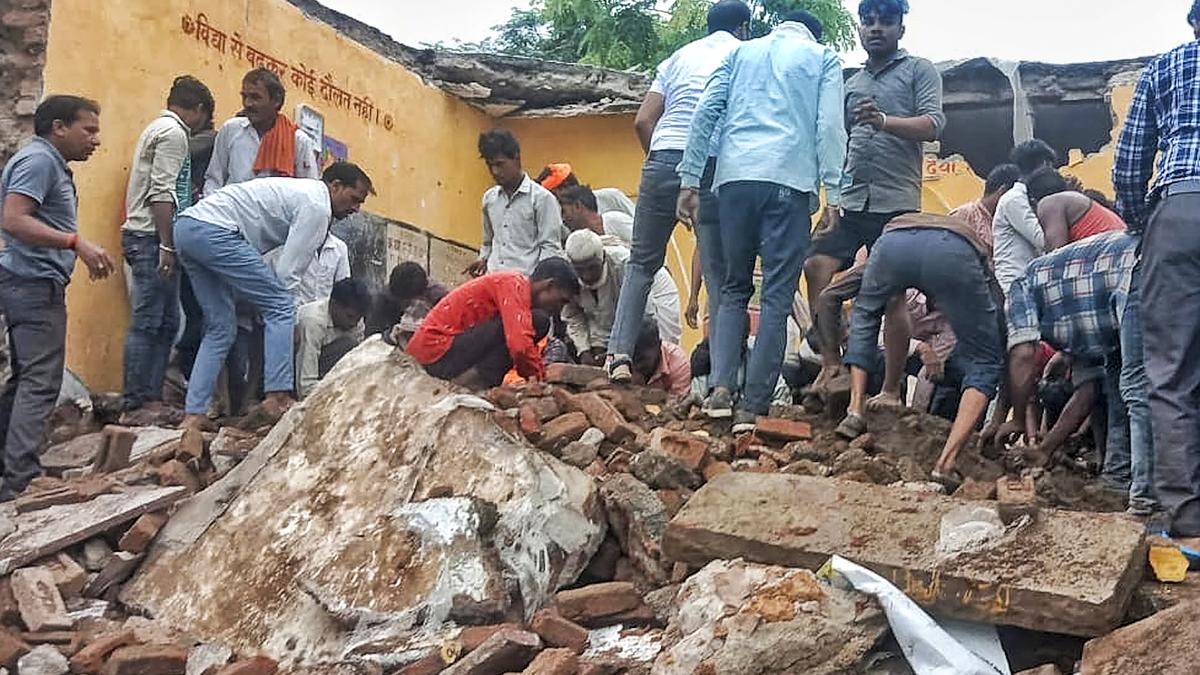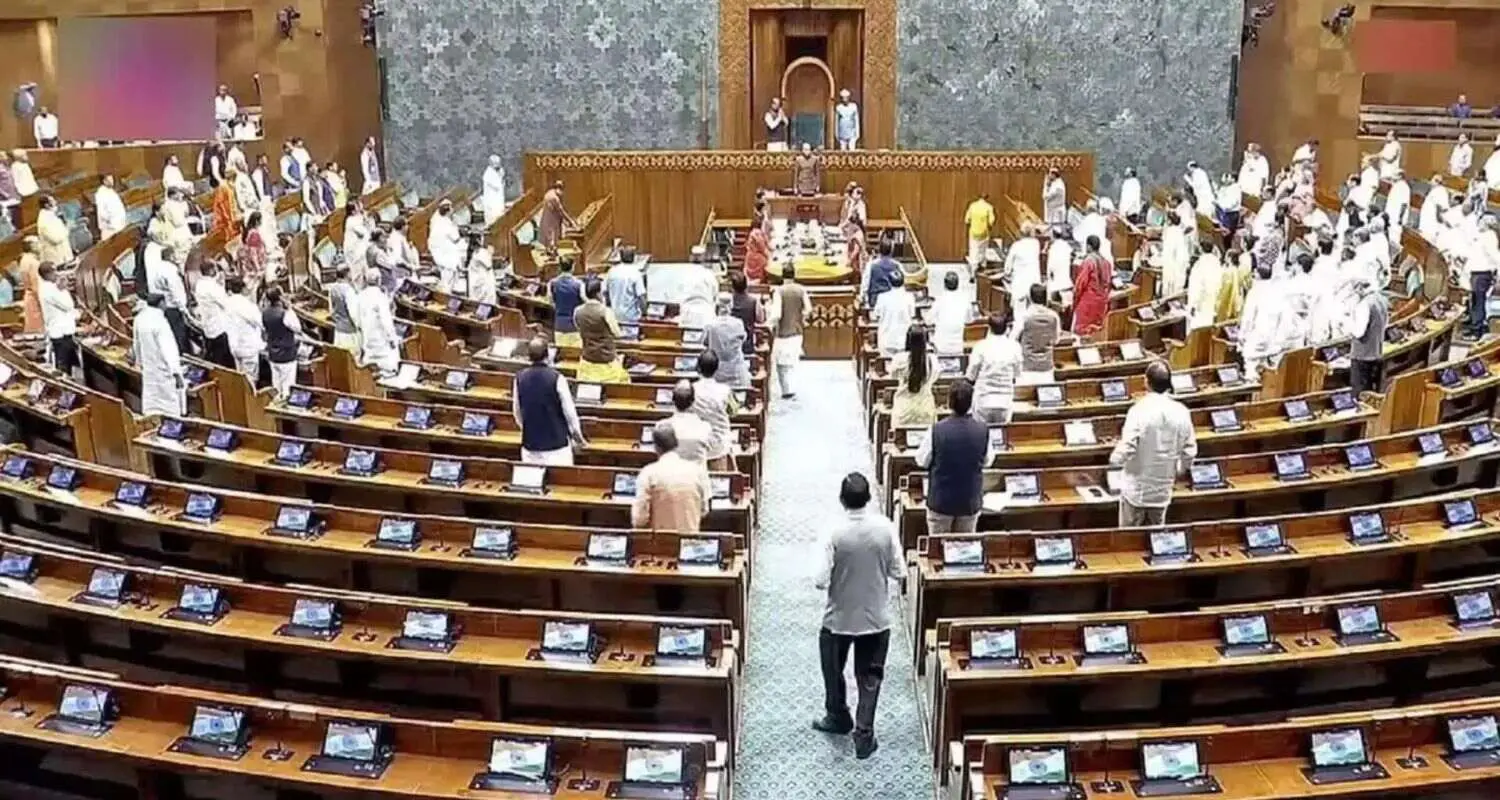Now Reading: Heavy Rain Batters Telangana: Three Dead, Life Disrupted Across Districts
-
01
Heavy Rain Batters Telangana: Three Dead, Life Disrupted Across Districts
Heavy Rain Batters Telangana: Three Dead, Life Disrupted Across Districts
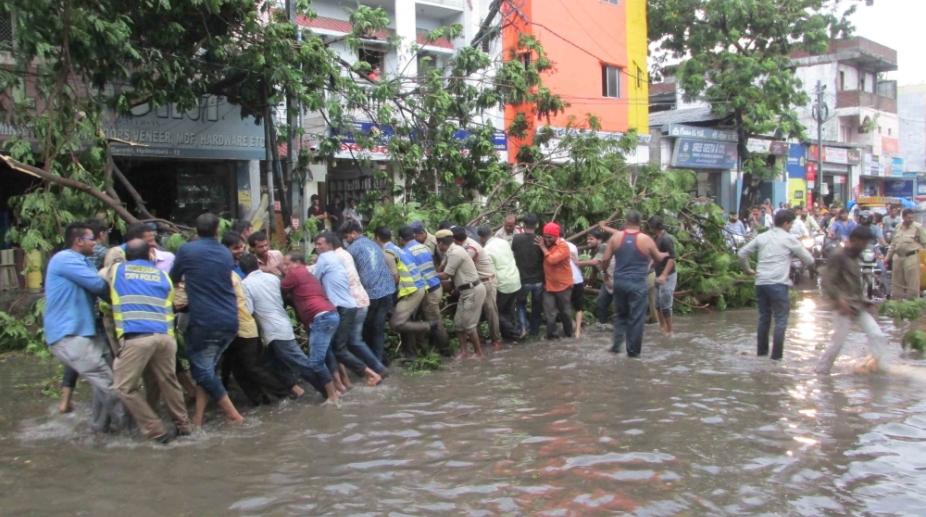
Telangana has been witnessing continuous and widespread rainfall over the past few days, leading to multiple rain-related tragedies and significant disruption to daily life. On Thursday, three people lost their lives in separate incidents linked to the severe weather, while several regions, especially in the northern and central parts of the state, continue to remain on alert.
Fatalities Highlight Rain’s Intensity
Among the reported deaths, a woman died after a house wall collapsed due to waterlogging in Nizamabad district. In another incident, two youths drowned in overflowing drains—one in Warangal and another in Adilabad. Officials confirmed these were direct consequences of heavy rainfall overwhelming basic infrastructure in these areas.
These incidents have raised concerns about urban planning, especially in Tier 2 cities and smaller towns where drainage systems are often outdated or underdeveloped.
Normal Life Hit Across Districts
Schools and colleges were shut in multiple districts including Karimnagar, Nirmal, and Mancherial as a precautionary measure. Roads in several areas turned into streams, hampering traffic and delaying emergency services. In some parts of Nalgonda and Jagitial, low-lying colonies experienced waterlogging, forcing residents to stay indoors or shift temporarily to safer locations.
Farmers in interior areas are also facing challenges. While the rainfall is good news for paddy cultivation, untimely excess rain has damaged standing crops in some fields. Local agricultural officers are assessing the impact.
Government and IMD on Alert
The India Meteorological Department (IMD) has forecast continued rainfall for the next 48 hours, prompting the state government to place emergency response teams on standby. District collectors have been instructed to monitor vulnerable zones and coordinate with municipal bodies for rapid relief operations.
Power supply remains patchy in some semi-urban regions due to fallen trees and snapped lines. Efforts are on to restore electricity and clear blocked roads.
Local Bodies Under Pressure
For many Tier 2 cities in Telangana, this situation has exposed long-standing issues related to infrastructure preparedness. Residents in towns like Siddipet, Bhongir, and Kamareddy have expressed frustration at repeated flooding in the same areas year after year, with little improvement despite promises.
Civic authorities are now facing questions on how they plan to adapt to increasingly erratic monsoons, which are becoming a pattern rather than an exception.
Conclusion
The recent rainfall has once again highlighted Telangana’s vulnerability to weather extremes, especially in districts beyond Hyderabad. While rains are crucial for the state’s agriculture, their increasing intensity and the resulting tragedies underline the urgent need for better preparedness, both in cities and rural pockets.








